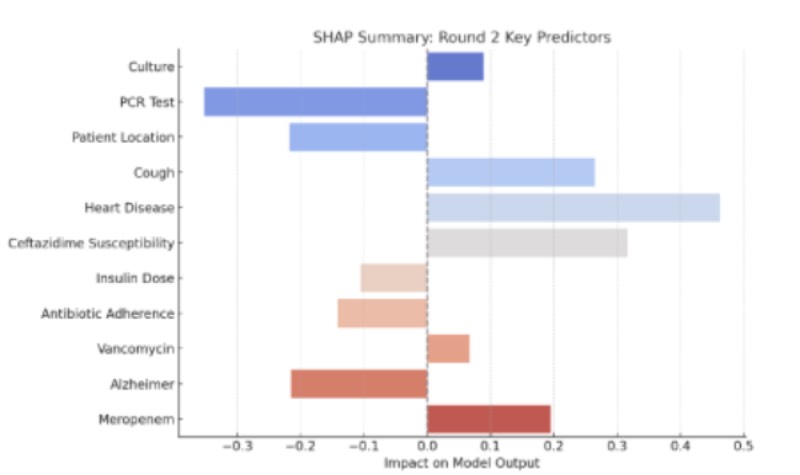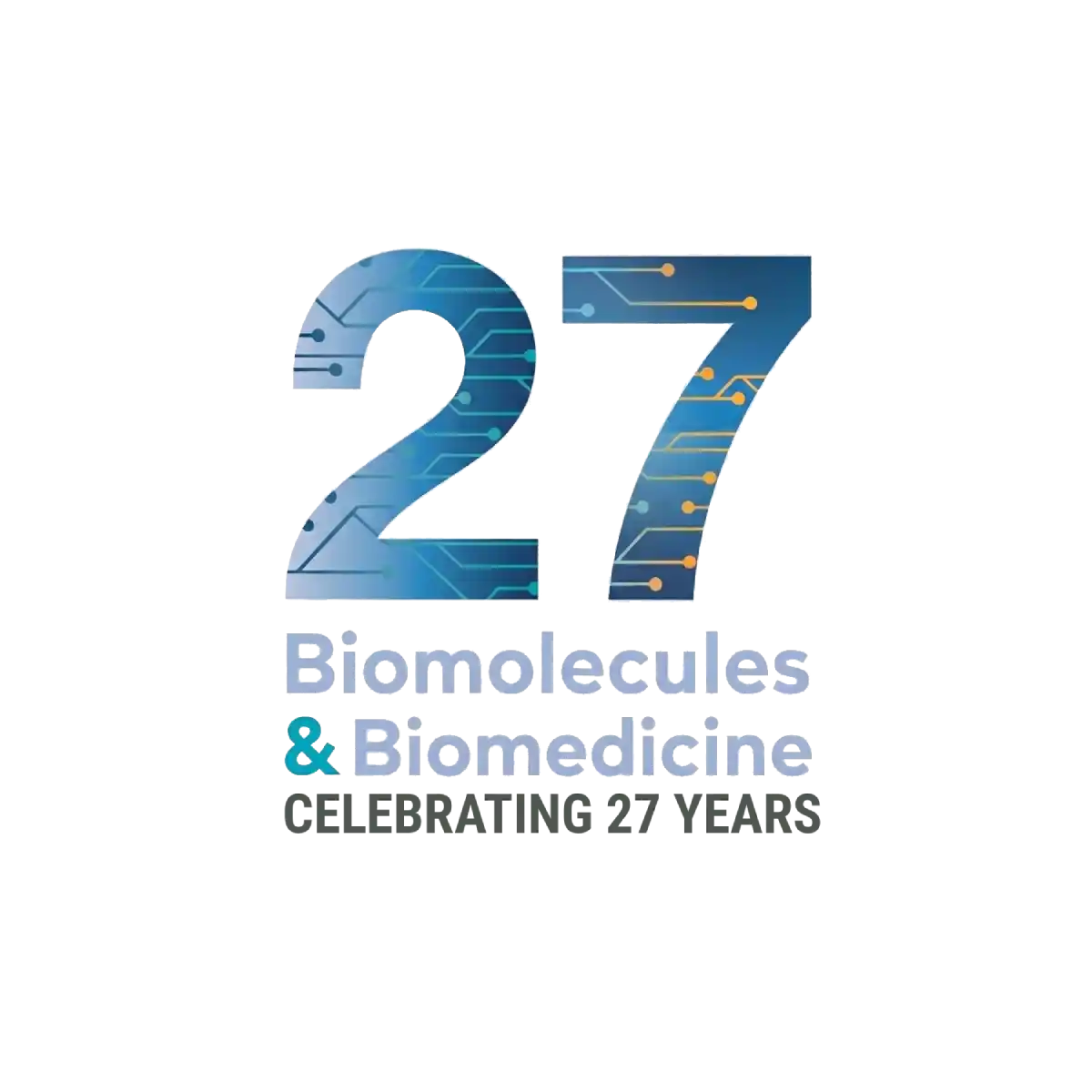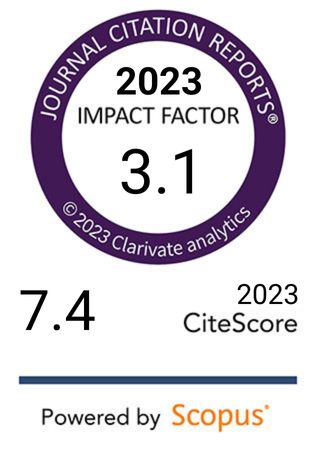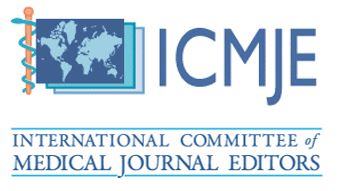Unveiling etiology and mortality risks in community-acquired pneumonia: A machine learning approach
DOI:
https://doi.org/10.17305/bb.2025.12378Keywords:
Community-acquired pneumonia, CAP, machine learning, ML, mortality prediction, risk assessment, clinical predictors, SHAP analysis, logistic regressionAbstract
Community-acquired pneumonia (CAP) is associated with high mortality, and accurate diagnosis and risk prediction are essential for improving patient outcomes. Traditional diagnostic methods have limitations, prompting the use of machine learning (ML) to enhance diagnostic precision and treatment strategies. This study aims to develop ML models to predict CAP etiology and mortality using clinical data to enable early intervention. A retrospective cohort study was conducted on 251 adult CAP patients admitted to two Jordanian hospitals between March 2021 and February 2024. Various clinical data were analyzed using ML techniques, including linear regression, random forest, SHapley Additive exPlanations (SHAP), lasso regression, mutual information analysis, logistic regression, and correlation analysis. Key predictors of CAP survival included zinc, vitamin C, enoxaparin, and insulin bolus. Mutual information analysis identified neutrophils, alanine transaminase, mean corpuscular volume, hemoglobin, and platelets as significant mortality predictors, while lasso regression highlighted meropenem, arterial blood gases, PCO₂, and platelet count. Logistic regression confirmed intensive care unit (ICU) stay, pH, pulmonary severity index, white blood cell (WBC) count, and bicarbonate levels as crucial variables. Interestingly, lymphocyte count emerged as the strongest predictor of bacterial CAP, conflicting with established knowledge that associates neutrophils with bacterial infections. However, findings related to HCO₃, blood urea nitrogen, and WBC levels were consistent with clinical expectations. SHAP analysis highlighted basophils and fever as key predictors. Further investigation is needed to resolve conflicting findings and optimize predictive models. ML offers promising applications for CAP prognosis but requires refinement to address discrepancies and improve reliability in clinical decision-making.
Citations
Downloads

Downloads
Published
Issue
Section
Categories
License
Copyright (c) 2025 Alaa Ali, Ahmad R. Alsayed, Nesrin Seder, Yazun Jarrar, Raed H. Altabanjeh, Mamoon Zihlif, Osama Abu Ata, Anas Samara, Malek Zihlif

This work is licensed under a Creative Commons Attribution 4.0 International License.









